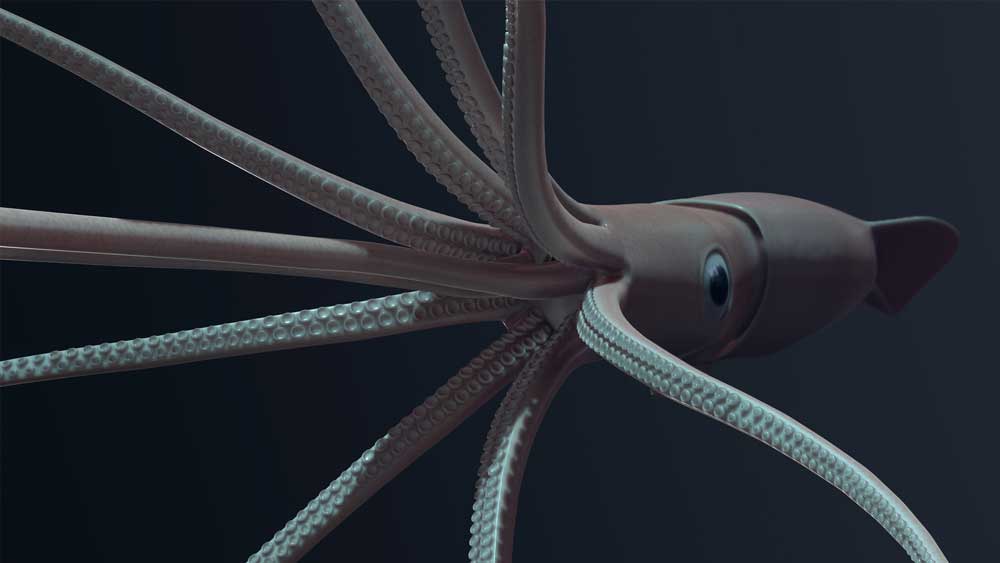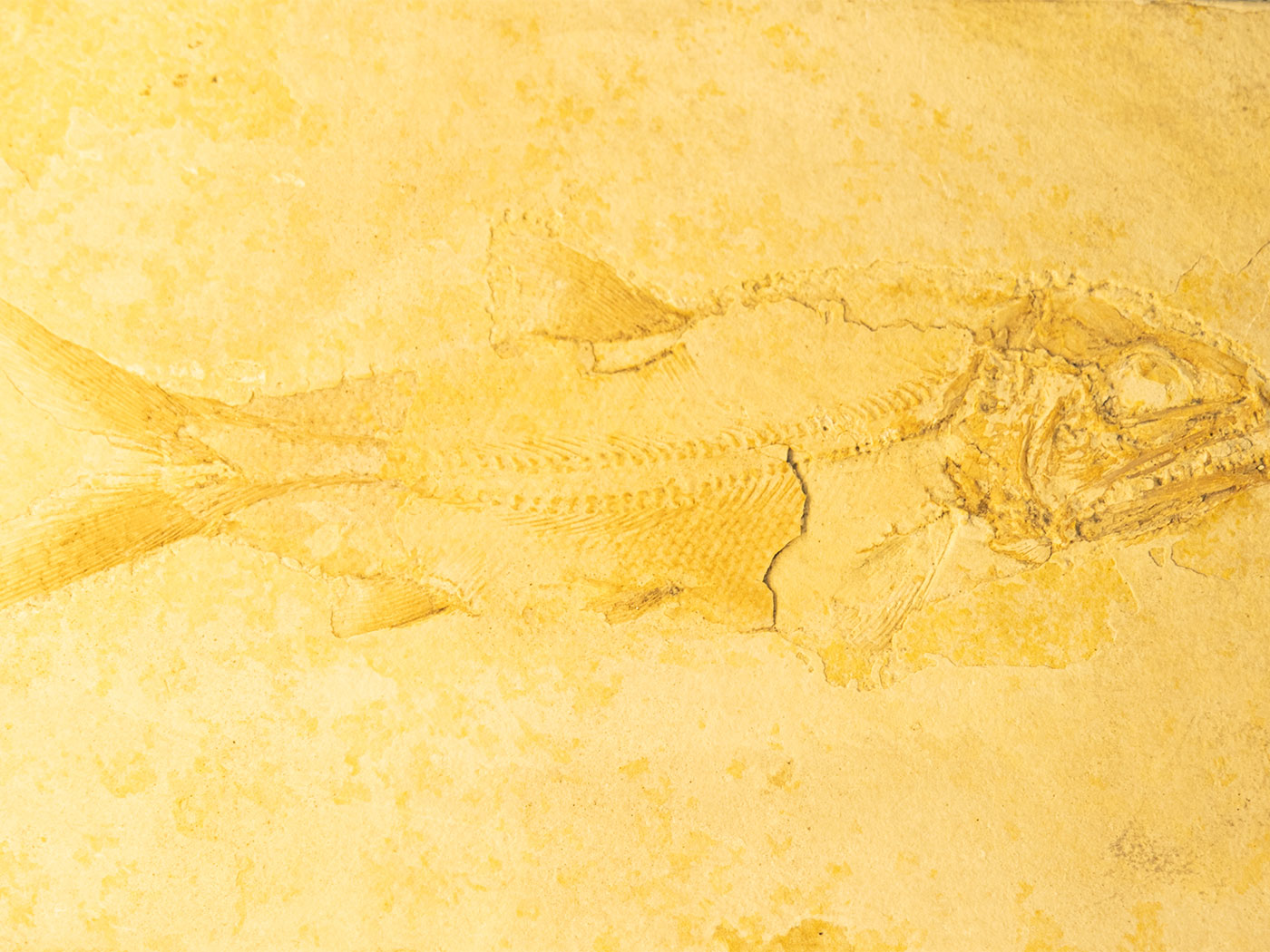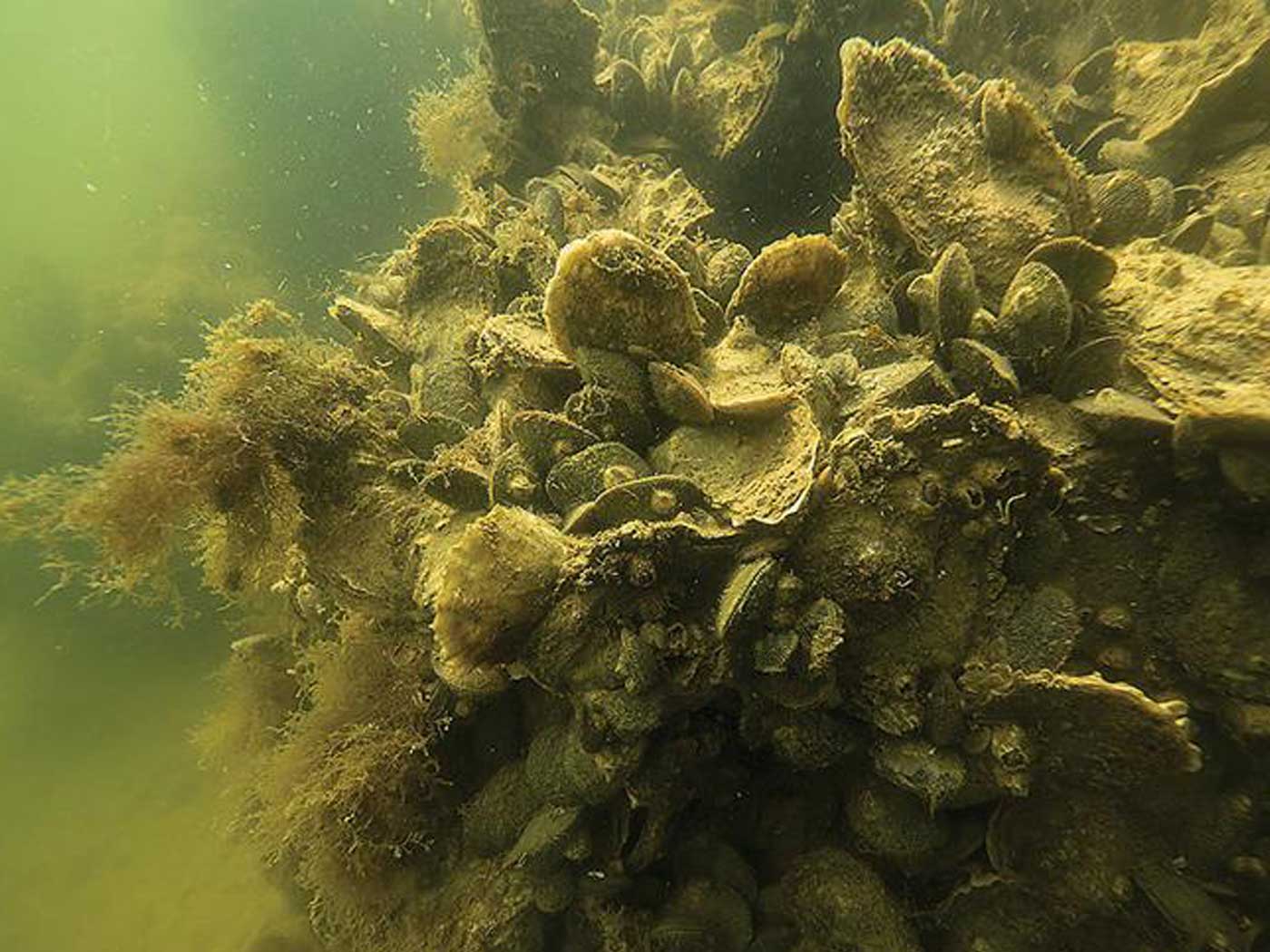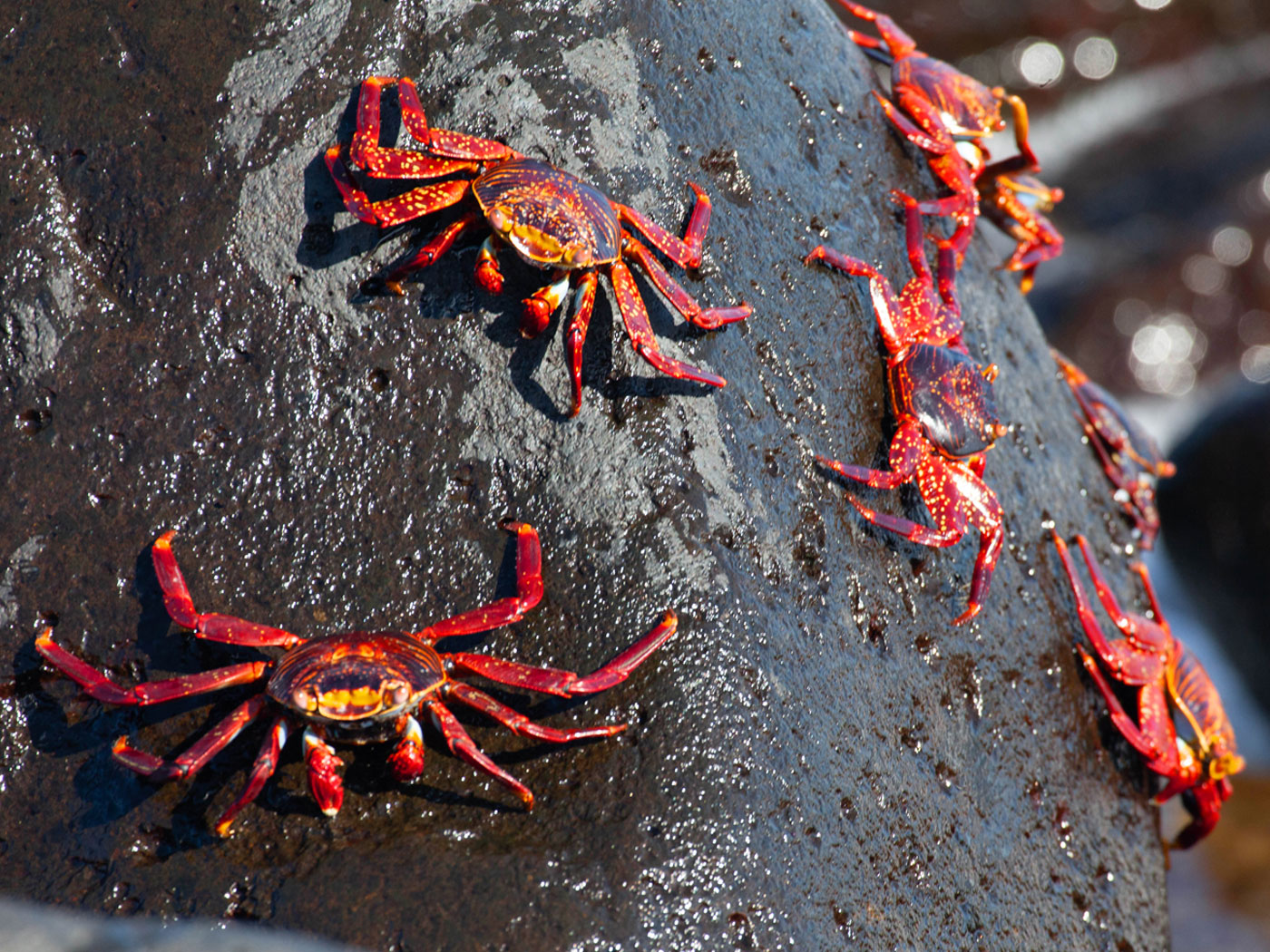In the deep, dark, cold waters of the Pacific Ocean—about 1,500 feet below the surface— hundreds of Humboldt squid the size of small humans (~ 5 feet long) were recently observed feeding on a school of lantern fish only about 3 to 4 inches long. The scientists used a high-tech remotely operated vehicle (ROV) with highly sophisticated photographic equipment to document the squid’s behavior. What they discovered was shockingly sophisticated.1
The squid were found to zip past each other with incredible speed and precision and, remarkably, never collided with each other when competing for prey. So, how did these high-speed maneuvers in the near-total darkness of the deep ocean occur? The amazing answer appears to be a highly sophisticated form of visual signaling and recognition involving a form of light production called bioluminescence.
Just like humans use softly lit eBook readers to visualize and read their favorite novel at night, the squids have the ability to softly illuminate highly elaborate skin patterns using sophisticated light-producing organs in their muscles. Like an eBook reader, this allows for a type of backlighting to reveal shifting pigmentation patterns in their skin. But even more amazing is the fact that the squid may be using these skin pigmentation patterns to signal one another. It’s like a high-speed way of saying, “That’s my fish! Don’t get in my way!”
Indeed, the researchers confirmed that the squid's pigmentation patterns relate to specific social contexts, such as voracious feeding in a tight group or just swimming around at a distance from one another. In fact, the researchers also believed there was good evidence that the different pigmentation behaviors could actually be further broken down into distinct informational units that are recombined to form different messages.
Evolutionists have no good explanation for how this highly sophisticated deep-water adaptive trait could have arisen through random evolutionary processes. Other types of squid living in shallow waters, where light is abundant, don't have these light-producing organs. Such a complex trait involves probably hundreds of genes and a host of complex physiological signaling pathways to produce—along with the means to recognize and behaviorally process the sophisticated messages. These traits can only be attributed to an all-powerful Creator that engineered these squids from the beginning.
References
1. Burford, B.P. and B.H. Robison. 2020. Bioluminescent backlighting illuminates the complex visual signals of a social squid in the deep sea. Proceedings of the National Academy of Sciences of the United States of America. March 23, 2020. 201920875; DOI: 10.1073/pnas.1920875117.
*Dr. Tomkins is Life Sciences Director at the Institute for Creation Research and earned his doctorate in genetics from Clemson University.

Deep Water Squid Communication Mystifies Scientists
The Latest
The Golden Numbers
Evolutionists theorize that the universe came into being through random means. Fundamentally, randomness lacks symmetry since the very concept of symmetry...
Scientists Question Foundational Big Bang Assumption
In April 2024, some of the world’s leading cosmologists convened at the Royal Society in London to question the cosmological principle—the...
Moroccan Dinosaurs in Marine Rocks, Too
Two recent papers by paleontologist Nicholas Longrich and his colleagues describe some unexpected findings in phosphate mines of northern Morocco.1,2...
CREATION PODCAST
Ernst Haeckel: Evolutionary Huckster | The Creation Podcast:...
Ernst Haeckel, a German Zoologist, is famous for developing a series of images of embryos in development called Anthropogenie. These images,...
Bees Master Complex Tasks Through Social Interaction
Bees are simply incredible.1,2 These little furry fliers challenge the very foundation of Darwinism in many diverse ways.
Bees have been...
The Tail of Man’s Supposed Ancestors
Although it has been known for decades and despite insistence to the contrary from the evolutionary community, man—Homo sapiens—has never...
When Day Meets Night—A Total Success!
The skies cleared above North Texas on Monday, April 8, for a spectacular view of the 2024 Great American Solar Eclipse. Hundreds of guests joined...
The Sun and Moon—Designed for Eclipses
Before discovering thousands of planets in other solar systems, scientists tended to assume that other solar systems would be very similar to our own....
Let ICR Help You Prepare for the Great American Solar Eclipse!
On Monday, April 8th, the moon will move directly between the earth and the sun, resulting in a total solar eclipse visible in northern Mexico, much...
Total Eclipse on April 8th
“You alone are the LORD; You have made heaven, the heaven of heavens, with all their host, the earth and everything on it, the seas and all that...


























